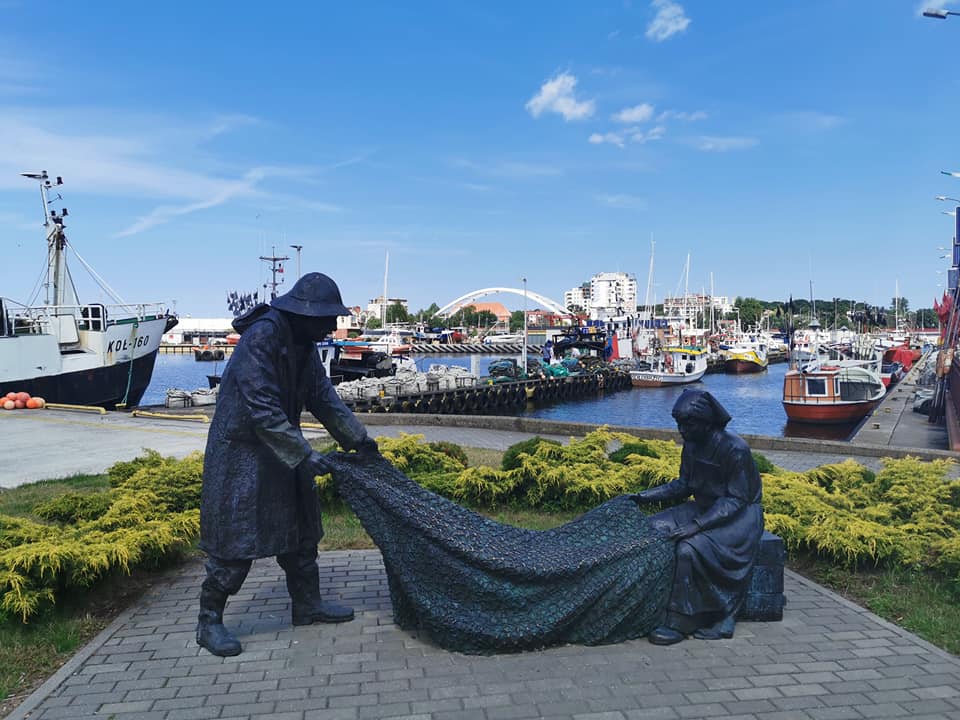The fishing activity in the western district of Kołobrzeg is the heart of port activities, where fishing cutters, boats, and tourist fishing units are anchored. The Kołobrzeg Port is recognized as a national leader in terms of the amount of fish caught, accounting for about 30% of the domestic market. There are 15 large fishing companies operating within the port, utilizing its infrastructure, with over 200 businesses associated with the fishing function. The port also hosts fish shops offering fresh fish straight from the cutters.
The Fish Market in Kołobrzeg is a place where you can buy fresh fish directly from local fishermen. Every day, practically from early morning, fishermen bring their catch here, and a portion of it ends up at the market’s stands. Located at Szyprów Street 1, it is best visited early in the morning to choose from many high-quality fish species.
At the Fish Market, you can find many different species of fish typical for the Baltic Sea. Here are some of the most popular among them:
- Baltic Herring: A smaller variety of ocean herring, perfect whether smoked, fried, or pickled, known for its fatty and distinct meat.
- Sprat: One of the healthiest fish in the world, juicy and low-fat, rich in valuable microelements and vitamins.
- Cod: Valued for its white, delicate, and juicy meat, with a subtle flavor and low bone content.
- Garfish: Less known, but tasty fish, although its meat is somewhat dry due to its low-fat content.
- Flounder: Popular in the summer, liked for its white, juicy meat.
- Turbot: A less known, but appreciated fish, with tasty, white, and delicate meat.
- Salmon: Natural Baltic salmon, fatty and juicy, with characteristic orange meat and few bones.
In addition to these, sometimes less popular species are available at the Fish Market, always fresh and from natural catches.
The opening hours of the shops at the Fish Market depend on the availability of fresh fish, usually between 7 AM and 1 PM.
The port’s infrastructure includes various facilities such as parking for cars and trucks, loading areas, and maneuvering-storage areas that can be used for setting up warehouses or workshops. Additionally, the port has a stationary crane for lifting vessels, energy-efficient lighting, high-power supply from its own energy source, and a monitoring system to ensure the safety of port activities.

